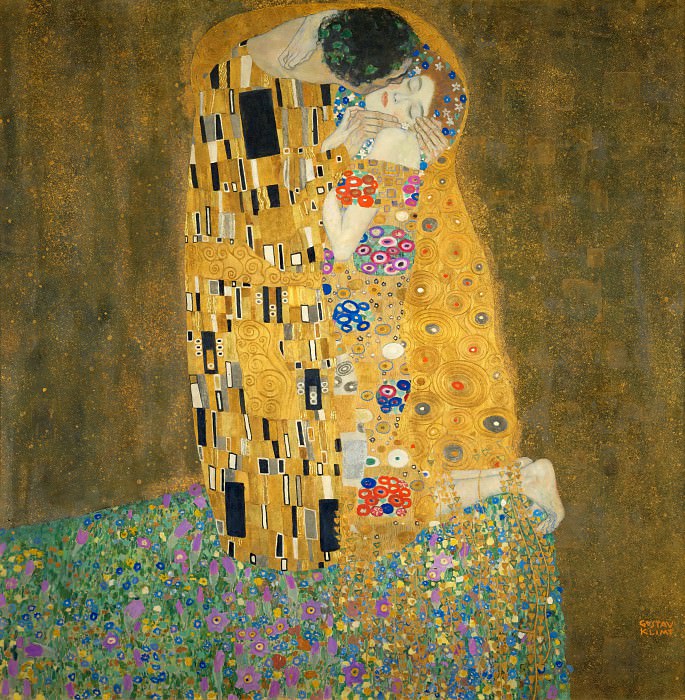The Artistic Journey of Henri Rousseau
Henri Rousseau, often affectionately called "Le Douanier" due to his job as a toll collector, was a self-taught French painter whose works have left an indelible mark on the world of art. Born on May 21, 1844, in Laval, France, Rousseau's journey into the art world was unconventional. His lack of formal training did not hinder his creative expression but rather fueled a distinctive style that has captivated audiences for generations.
Early Life and Influences
Rousseau's early life was far removed from the artistic circles of Paris. He worked various jobs, including as a toll collector, which earned him his nickname. Despite these humble beginnings, Rousseau harbored a passion for painting. His exposure to art came through visits to museums and studying works by other artists. This self-directed learning became the foundation of his unique style.
Breaking into the Art World
In the late 19th century, Rousseau began exhibiting his works at the Salon des Indépendants, a venue known for showcasing avant-garde art. His paintings stood out for their vivid colors, dreamlike quality, and meticulous detail. Despite initial criticism from contemporary artists and critics who found his lack of formal training evident in his work, Rousseau remained undeterred.
The Distinctive Style of Rousseau
Rousseau's style is often characterized by its naïve and childlike simplicity, yet it is rich with detail and imagination. His works frequently feature lush jungles, exotic animals, and fantastical scenes, although Rousseau himself never left France. This imaginative quality has led some to describe his work as proto-Surrealist, with a fantastical realism that predates the Surrealist movement by decades.
Notable Works
One of Rousseau's most famous paintings is "The Sleeping Gypsy" (1897), which depicts a lion standing over a sleeping woman in a desert landscape. The painting's mysterious and dreamlike quality has intrigued viewers and critics alike, embodying Rousseau's talent for blending reality with fantasy.
Another significant work is "The Snake Charmer" (1907), commissioned by the artist Robert Delaunay's mother. This painting showcases Rousseau's skill in depicting lush, detailed foliage and his fascination with exotic themes. The central figure, a woman playing a flute surrounded by snakes, exudes a haunting beauty.
The Jungle Paintings
Rousseau is perhaps best known for his jungle scenes, despite never having seen a jungle firsthand. These works, such as "Tiger in a Tropical Storm (Surprised!)" (1891) and "The Dream" (1910), showcase his meticulous attention to botanical details and his ability to create a sense of mystery and wonder. Rousseau's jungle scenes are filled with vibrant plants, hidden animals, and a palpable sense of the exotic, drawing viewers into a world of untamed beauty.
Critical Reception and Legacy
During his lifetime, Rousseau's work was often met with mixed reactions. Many critics and fellow artists mocked his lack of formal technique, while others, including Pablo Picasso and the poet Guillaume Apollinaire, recognized his unique vision and defended his art. Picasso, in particular, admired Rousseau's work and even hosted a banquet in his honor in 1908.
Over time, the art world began to appreciate Rousseau's originality and imaginative power. His influence can be seen in the works of later artists, particularly those involved in the Surrealist movement, who admired his ability to create fantastical, dreamlike images.
Personal Life and Later Years
Rousseau's personal life was as unconventional as his art. He married Clémence Boitard in 1868, and they had several children, though only one survived to adulthood. After Clémence's death, Rousseau remarried, but his second marriage was short-lived. He continued to work as a toll collector while pursuing his art, living modestly in Paris.
In his later years, Rousseau's work gained more recognition, and he developed friendships with prominent artists and writers of the time. Despite facing financial difficulties and health issues, Rousseau remained dedicated to his art until his death on September 2, 1910.
The Posthumous Recognition
After Rousseau's death, his work continued to gain acclaim. The boldness of his imagination and the uniqueness of his vision were increasingly appreciated by art historians and the public. His works are now celebrated for their originality and contribution to modern art.
Rousseau's paintings are housed in major museums around the world, including the Musée d'Orsay in Paris, the Museum of Modern Art in New York, and the Hermitage Museum in St. Petersburg. His influence extends beyond the confines of the art world, inspiring filmmakers, writers, and other creative minds.
Rousseau's Enduring Appeal
What makes Rousseau's art enduringly appealing is its accessibility and its ability to transport viewers into a world of imagination. His works invite us to see the world through his eyes, where the ordinary becomes extraordinary, and the boundaries between reality and fantasy blur. His meticulous attention to detail and vibrant color palette create a visual feast that continues to captivate audiences.
Conclusion
Henri Rousseau's journey from a humble toll collector to a celebrated artist is a testament to the power of imagination and the enduring appeal of originality. Despite lacking formal training, Rousseau's distinctive style and visionary approach have secured his place in the annals of art history. His works remain a source of inspiration and wonder, reminding us of the boundless possibilities of creativity.














